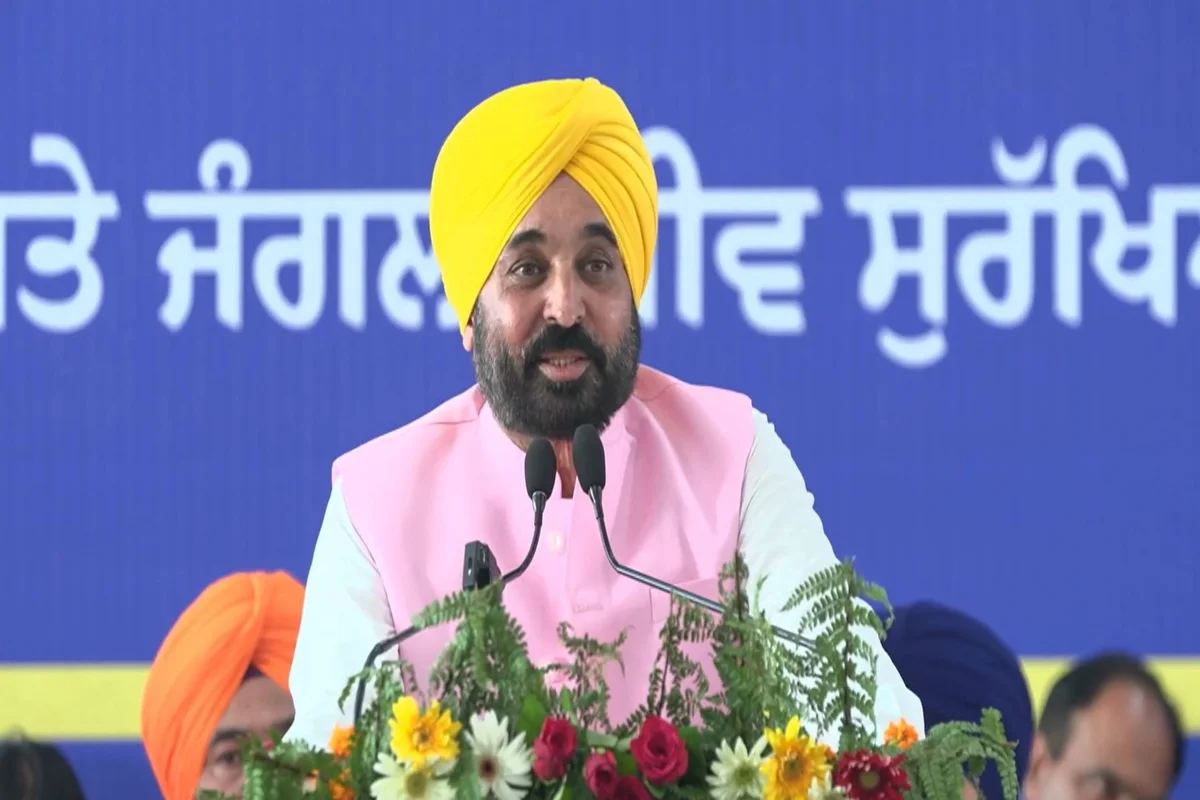The Central government is set to table the Women’s Reservation Bill today, aiming to reserve 33% of seats for women in Parliament and state legislatures. The bill, which has been in discussion for decades, is being reintroduced with hopes of achieving consensus across political parties.
Background of the Bill
The Women’s Reservation Bill was first introduced in 1996 but faced repeated delays due to political disagreements. Advocates believe that increased representation of women will lead to more inclusive policymaking and greater focus on issues such as healthcare, education, and safety.
Government’s Push for Gender Equality
Officials from the Ministry of Law and Justice have stated that the bill aligns with India’s constitutional commitment to equality. The government has expressed confidence that this time, with wider public awareness and stronger political will, the legislation can pass both houses of Parliament.
Opposition’s Response
Leaders from opposition parties have welcomed the move but called for additional measures to ensure effective implementation, including reservations within the quota for marginalized groups such as Scheduled Castes, Scheduled Tribes, and OBC women.
Impact on Indian Politics
If enacted, the law would reshape the political landscape by increasing the participation of women in decision-making processes. Political analysts suggest that this could lead to a shift in campaign priorities and governance styles.
The bill’s discussion in the Lok Sabha is expected to draw extensive debate. A final decision will depend on the voting pattern of MPs, but public sentiment appears to be strongly in favor of the change.


